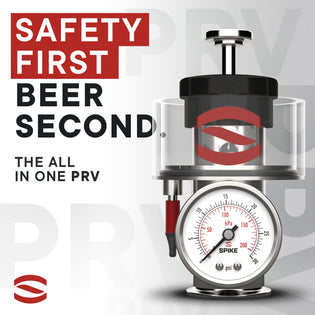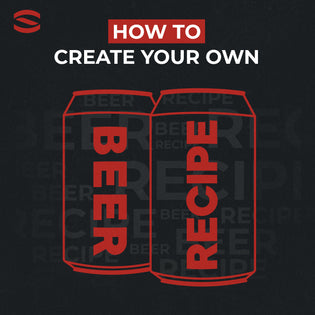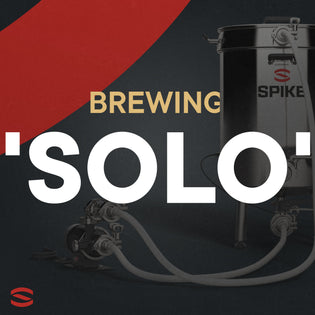
As brewers, we are always striving to make the best beer possible. Through my early years of homebrewing and into my time as a professional brewer, I have found harvesting yeast to be both fun and vital to producing high quality, consistent beer. By harvesting and reusing yeast, you can not only save a ton of money, but also become very familiar with a particular strain – what temperature it likes, its normal flocculation rates and attenuation, what flavors it may throw out, and its typical fermentation time frame among other things. Harvesting yeast can be done by either top cropping or bottom cropping. With the advent of cylindroconical fermenters, bottom cropping has become the norm and is what I will focus on.
Things to keep in mind:
- Sanitation is key.
- Harvesting is usually done close to the end of fermentation when the yeast is healthiest.
- If you are dry hopping, collect yeast first, and then dry hop.
- Yeast is not typically harvested from bigger beers (O.G. above 1.070 S.G./17.5 Plato).
- Typically you can get 3-10 generations before needing to re-propagate/buy new yeast.
Yeast harvesting on both small and large scales is a fun and relatively easy way to make higher quality, more consistent beer while saving some money along the way.
Harvesting from a Conical Tank
In the cone, the yeast will have settled throughout fermentation. I recommend adding a 2" sight glass to the bottom port to help capture the yeast. When ready to harvest, you can open the bottom valve slowly and keep it cracked to avoid beer blowing through the yeast. This will start to fill your sight glass.
Dark, bitter trub and early settling yeast will come out first. This yeast exhibits poor attenuation and may have also lost its ability to metabolize maltose. Discard this. The yeast you want to keep will come out next. This is normally a lighter, tan color with low bitterness and a tart taste. After you have collected this prime yeast, continue to let out the remaining poor flocculating yeast and dead yeast. It is important to continue to let out sedimented yeast up until you transfer your beer because autolysis can raise pH and provide a breeding ground for bacteria.
Harvesting from a Bucket or Carboy
Similar to a conical tank, the yeast will have formed strata on the bottom of the vessel. Without a bottom valve, though, you will have to harvest the entire cake. After transferring, leave about one liter of beer on top of the yeast cake. Shake the vessel to break up the cake and create a yeast slurry. Sanitize the opening of the vessel and pour the slurry into your collection container. Before reusing, you will want to rinse the yeast to separate out any trub and dead cells. To do so, add sterile, cool water to your yeast container, seal, and shake. Let sit for 10-15 minutes. You will then want to discard the top, watery portion and save the middle portion which is your healthy yeast.
Storage
Storage of yeast can be as simple as a sanitized, foil-covered bucket or mason jar kept in a refrigerator. Corny kegs work well for larger quantities of yeast. Ideally, the yeast should be used again in 3 days but can be stored for 1-2 weeks. A shorter storage time means a higher yeast vitality. As the yeast uses up its glycogen reserves, the cell walls will become weaker and more susceptible to rupturing. To slow this loss of vitality, keep the yeast between 32-39°F. Also, try and keep air pickup to a minimum because this will further deplete the cell’s stored energy. To prolong storage time, you can also give the yeast a gentle swirl every now and then. This will help avoid metabolic hot spots that accelerate cell death.
All in all, yeast harvesting on both small and large scales is a fun and a relatively easy way to make higher quality, more consistent beer while saving some money along the way.
Sláinte!
Logan Hartpence
Brewer - Lavery Brewing Company
Erie, PA










